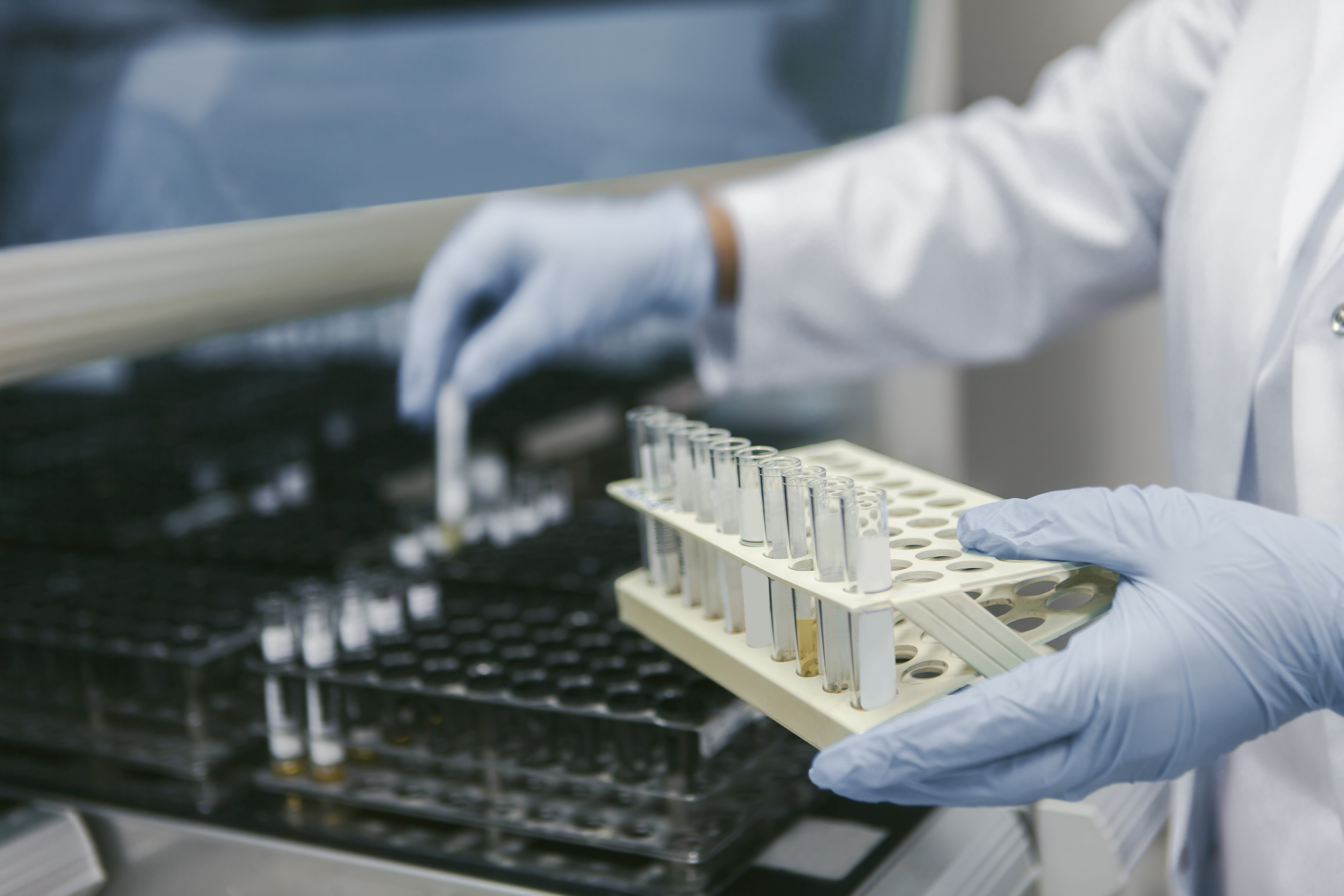Aggregated News

California’s pioneering decision to spend $3 billion on stem cell research isn’t producing cures after 14 years of work. Instead, it’s generating a widening scientific field that shows potential but not results.
It’s a frustrating shortcoming, especially as supporters of the state-sponsored research weigh another bond measure to continue the work. Promised breakthroughs used to sell Proposition 71 in 2004 aren’t panning out, a Chronicle investigation found.
To be sure, there’s progress worth noting. Hundreds of grants are paying for basic research, preclinical work, new facilities and education. What’s missing is the crucial next step: clinical trials that could focus on diseases and conditions such as leukemia, kidney failure and cancer. Despite a few exceptions, real-world tests on humans remain distant.
There are plausible explanations for the delay. The medical endeavor that creates healthy cells to replace damaged ones has encountered legal, organizational and scientific wait times. Miraculous cures can’t be predicted or put on a schedule.
There are also practical problems that are concerning. The grant-making center of the work, the California Institute for Regenerative Medicine, was designed to...



